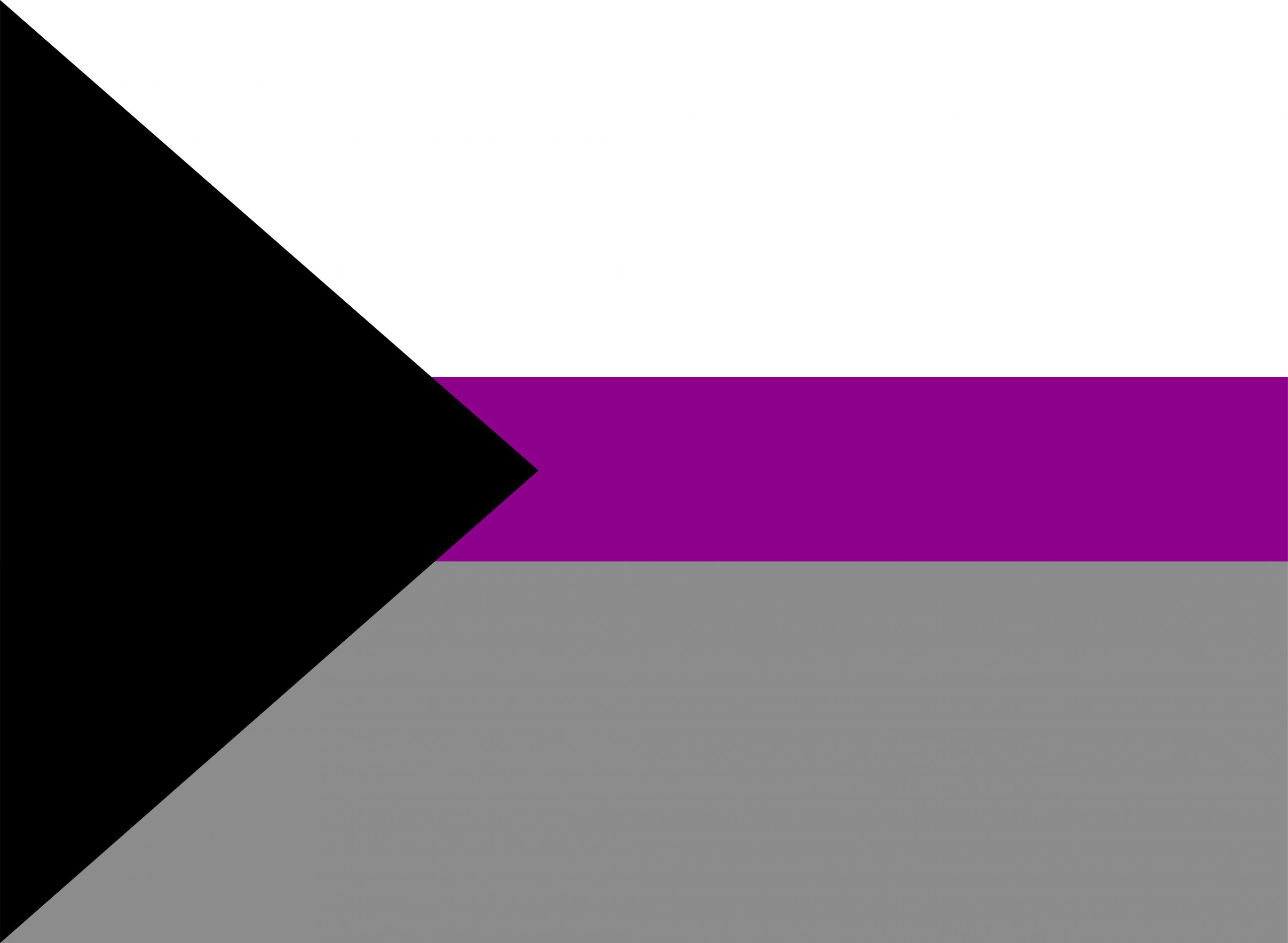What does demisexual mean?
Here's what the experts have to say on this orientation


You may have heard the word demisexual before but may not be 100% sure what it means. Often defined as attraction only after forming an emotional bond, it’s actually a bit more complicated than that.
As society evolves, new phrases and concepts come with it. Far from being another so-called 'woke' term, the entrance of demisexuality into mainstream understanding is important in allowing individuals to express their own sexuality.
While it comes under the umbrella of asexuality, demisexuality is entirely its own orientation. Those who are demisexual can also identify as being gay, lesbian or bisexual - and they can have any gender identity too. So whether you want to know how to talk to your child about sex and sexuality, are just curious yourself about what the term means, this is what you need to know.
What does demisexual mean?
Demisexuality is defined as feeling no sexual attraction towards other people unless there’s a strong emotional bond, the Asexual Visibility and Education Network says. “This is often included in or paired with the greysexual category because demisexual people may essentially feel like they’re asexual when they don’t have that bond with anyone. And the bond typically takes a long time to establish.”
While some argue that lots of people feel this way and don’t want to have sex with someone they don’t have an emotional bond with, being demisexual is about feeling sexual attraction - rather than actually having sex. As research from ZAVA in 2017, most people are capable of a sexual relationship - i.e. a one-night stand, without the need for emotional intimacy.
When it comes to being demisexual, the bond doesn’t have to necessarily be romantic. Everyone feels differently and the bond could be a platonic friendship to begin with that may - or may not - develop into something more.
According to an article published by Wired in 2015, the earliest mention of the term was in 2006 when a user on the AVEN forums invented the term to describe people who aren’t quite asexual - but not quite sexual either. While this may suggest that demisexuality is a fairly new orientation, the term has actually been around for over 15 years and it’s likely that people have experienced attraction in this way for generations.
GoodtoKnow Newsletter
Parenting advice, hot topics, best buys and family finance tips delivered straight to your inbox.
Demisexual flag
Because demisexuality is a very active part of the asexual community, the asexual and demisexual flags are very similar.

The demisexual flag also includes the colours of black, grey, white and purple. But instead of coming in line-form, this flag pulls the black colour into a triangle shape in the left hand side.
What do the colours of the flag mean? According to Old Dominion University, black stands for asexuality with demisexuality indicated by the grey, sexuality signified by the white and community represented by the purple colour.
Demisexual vs. asexual: What’s the difference?
Demisexuality and asexuality are two separate orientations but there’s quite a bit of overlap. Those who identify as demisexual only experience sexual and/or romantic attraction once they’ve formed an emotional bond, while asexual people don’t tend to experience romantic and/or sexual - ever.
“Asexuality is often an umbrella term,” explains Molly Houghton, communications expert at The Proud Trust. “You can identify as asexual and being demisexual can be a huge part of that.”
How do you work out the difference? “As you grow and you have relationships, do you see yourself having a relationship? Or is that just not on the cards for you? Do you see yourself as having the capacity to have that attraction? Or do you not? Either way, that’s okay.

For those looking to learn more about differences between the two sexualities, Molly suggests watching videos by the likes of Rowan Ellis. Identifying as part of the community, Rowan has made countless videos on topics of LGBTQ+ culture and representation - including defining the terms.
Can you be straight and demisexual?
Yes, you can be straight - gay, lesbian, bisexual/romantic or any other orientation - and still identify as demisexual. The difference comes as demisexuality is about how your attraction develops (only with an emotional bond) and your sexuality is about how and who with you express that attraction.
Ultimately, it’s up to you whether you feel you identify as demisexual. Not everyone who identifies with the orientation will have exactly the same or even a similar experience to someone else.
Video of the week:

Grace Walsh is a health and wellbeing writer, working across the subjects of family, relationships, and LGBT topics, as well as sleep and mental health. A digital journalist with over six years experience as a writer and editor for UK publications, Grace is currently Health Editor for womanandhome.com and has also worked with Cosmopolitan, Red, The i Paper, GoodtoKnow, and more. After graduating from the University of Warwick, she started her career writing about the complexities of sex and relationships, before combining personal hobbies with professional and writing about fitness.